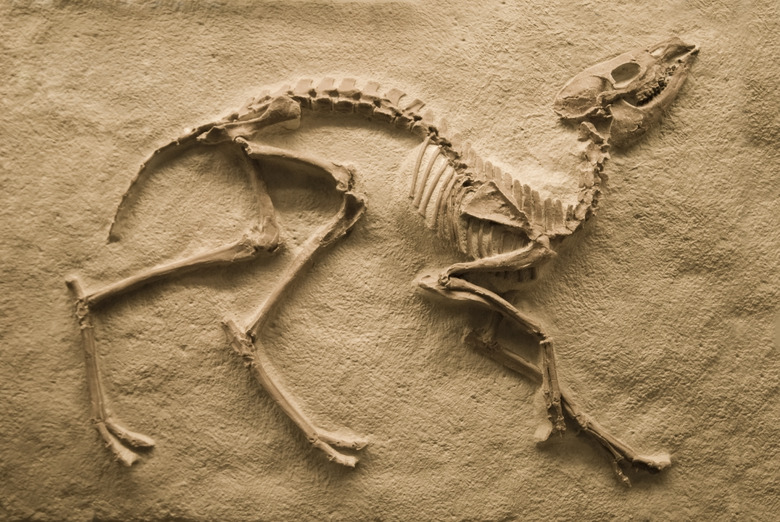What Is The Principle Of Parsimony In Biology?
Biologists often depict relationships between species in the form of a branching tree, where each node in the tree indicates a point in time when a new species emerged through the process of evolution. Figuring out how species are related to each other and who evolved from whom can be a complex task. One of the most important principles biologists use when drawing these so-called phylogenetic trees is the principle of parsimony.
Definition
Definition
The principle of parsimony argues that the simplest of competing explanations is the most likely to be correct. Developed by the 14th-century logician William of Ockam, the theory is also known as Occam's Razor.
Biologists use the principle of parsimony when drawing phylogenetic trees. To draw a phylogenetic tree you must first determine which species in a group are most closely related to each other. Biologists generally compare the DNA or physical characteristics of species in the group and look for differences. The principle of parsimony as applied to biology says the phylogenetic tree that requires the fewest evolutionary changes is the one you should assume is correct.
Examples
Examples
The simplest example involves a physical characteristic like feathers. Let's say you're comparing three species called A, B and C; A and B have feathers and C does not. Based on the principle of parsimony, you would conclude the two species with feathers are more closely related (i.e., share a more recent common ancestor), since in that case the feather trait would only need to have evolved once. The alternative would imply that a common ancestor gave rise to A and another species that now became the common ancestor of C and B. In that case, the feather trait would need to have evolved twice; the principle of parsimony would argue this is not the correct history.
Computer Algorithms
Computer Algorithms
To create the most parsimonious phylogenetic trees, biologists usually take into consideration multiple characteristics and DNA sequences from multiple genes. If only a few species are involved you can do this analysis by eye; but as the number of species grows, so too does the number of possible evolutionary trees that could connect them all. Determining the correct tree based on parsimony can quickly become a very complicated problem. Nowadays biologists often use computer algorithms that quickly sort through a large number of possible trees and assign each a score based on how many evolutionary changes it would require.
Assumptions
Assumptions
The principle of parsimony is an assumption that is probably true for most situations but need not always be true. It's possible that the actual evolutionary history of a group of species is not the one that involved the fewest changes — because evolution is not always parsimonious. Another approach to determining relationships is so-called maximum likelihood analysis, which uses statistical analysis to determine which evolutionary tree is most likely or most probable. Both parsimony and maximum likelihood have their own advocates and critics.
Cite This Article
MLA
Brennan, John. "What Is The Principle Of Parsimony In Biology?" sciencing.com, https://www.sciencing.com/principle-parsimony-biology-7466/. 30 April 2018.
APA
Brennan, John. (2018, April 30). What Is The Principle Of Parsimony In Biology?. sciencing.com. Retrieved from https://www.sciencing.com/principle-parsimony-biology-7466/
Chicago
Brennan, John. What Is The Principle Of Parsimony In Biology? last modified March 24, 2022. https://www.sciencing.com/principle-parsimony-biology-7466/
